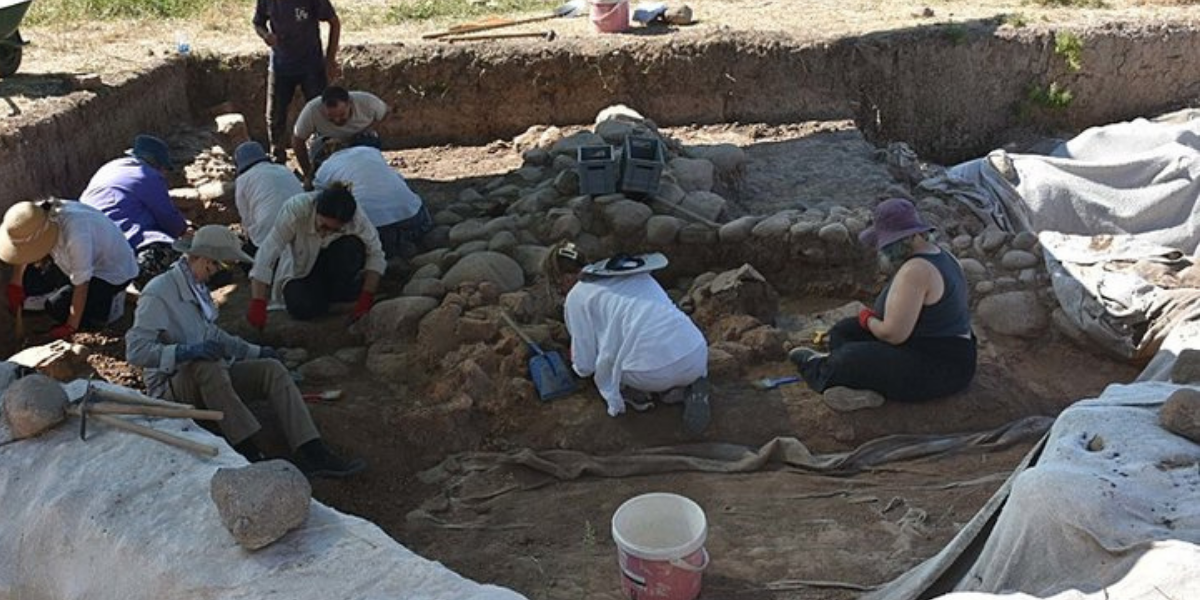
5,000-year-old storage structure filled with mussel shells found at Yassıtepe Höyük
In the Yassıtepe Höyük (Yassı Mound) in Bornova district of Izmir, a 5 thousand year old structure estimated to have been used as a warehouse was discovered.
The first settlement in Yassıtepe mound started 8 thousand years ago. Excavations at Yassıtepe yielded finds from the Neolithic, Chalcolithic, Bronze Age and also the Roman Period.
The excavations also uncovered pottery sherds and architectural remains that provide important information about when agriculture began in the Aegean Region and how it developed.
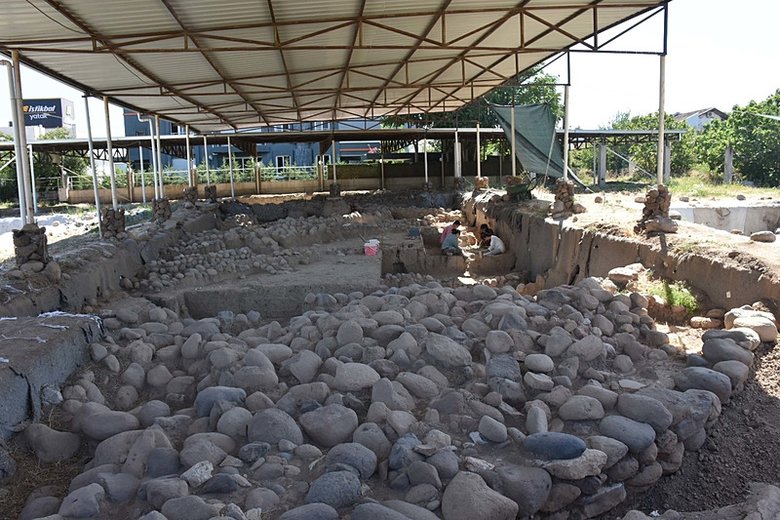
Heading the excavations with the support of Izmir Metropolitan Municipality and Bornova Municipality, Ege University Faculty of Letters, Department of Archaeology Assoc. Prof. Dr. Zafer Derin said that the excavations continue to determine how daily life and commercial life were carried out in the mound.
“We are in the Yassıtepe section of Yeşilova Mound, which is the second study area. With Yassıtepe, we are excavating both the first village settlement and the first city settlement of the city. We are trying to understand and learn about the life of the region. Yassıtepe is like a fortress where the commercial life of the city started at its most intense. This is a place where a fortress like the Troy settlement was established and intensive commercial activities were carried out with the surrounding area.”
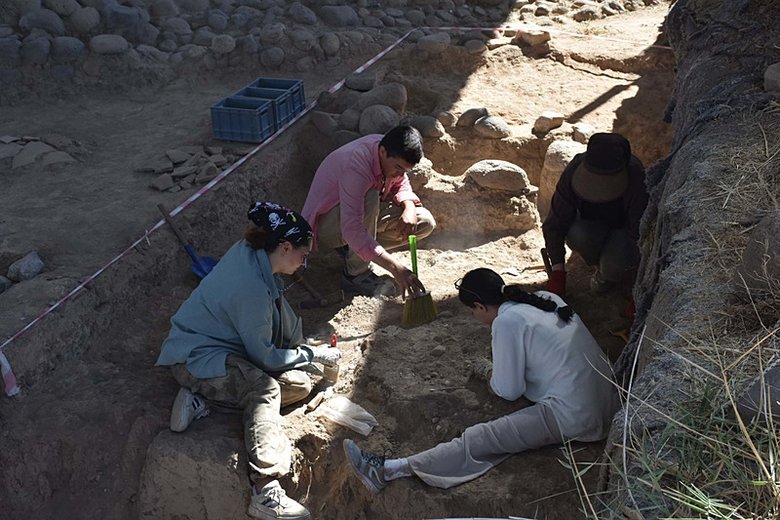
Stating that during this year’s excavations in Yesilova, they found an area used as a 5 thousand year old warehouse, Assoc. Prof. Dr. Zafer Derin said, “In Yesilova, we are primarily trying to understand what the daily life and commercial life was in the settlement. We found a warehouse during the excavations. There are large jars and containers in this warehouse. We know that they put liquids or other substances in the storages. We also know that they stored the mussels they collected intensively here. This shows us that they used the warehouse in commercial life as well as their daily lives.”
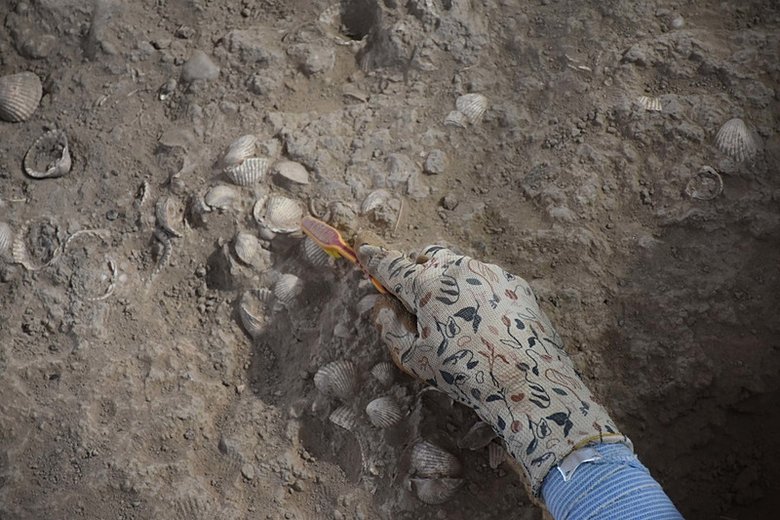
Zafer Derin said that they have determined that products such as grapes and figs were mostly stored in large jars and pots, which proves that trade in these products started 5 thousand years ago.
At the same time, the presence of dense mussel shells shows that they also stored mussels for trade and nutrition, Derin said, “This area is the best preserved center of Western Anatolia and a promising center for tourism. We will obtain new information about the products stored in the containers and in the settlement through analysis.”
Cover Photo: DHA
You may also like
- A 1700-year-old statue of Pan unearthed during the excavations at Polyeuktos in İstanbul
- The granary was found in the ancient city of Sebaste, founded by the first Roman emperor Augustus
- Donalar Kale Kapı Rock Tomb or Donalar Rock Tomb
- Theater emerges as works continue in ancient city of Perinthos
- Urartian King Argishti’s bronze shield revealed the name of an unknown country
- The religious center of Lycia, the ancient city of Letoon
- Who were the Luwians?
- A new study brings a fresh perspective on the Anatolian origin of the Indo-European languages
- Perhaps the oldest thermal treatment center in the world, which has been in continuous use for 2000 years -Basilica Therma Roman Bath or King’s Daughter-
- The largest synagogue of the ancient world, located in the ancient city of Sardis, is being restored

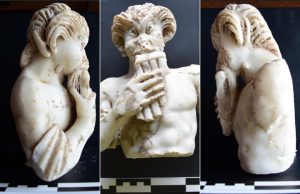
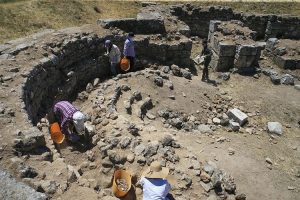

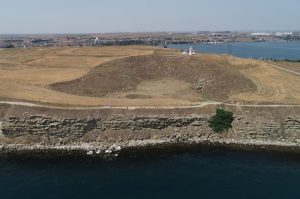




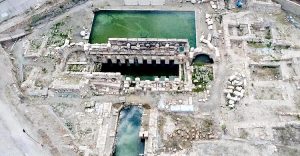
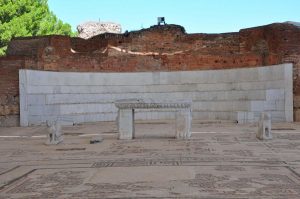
Leave a Reply